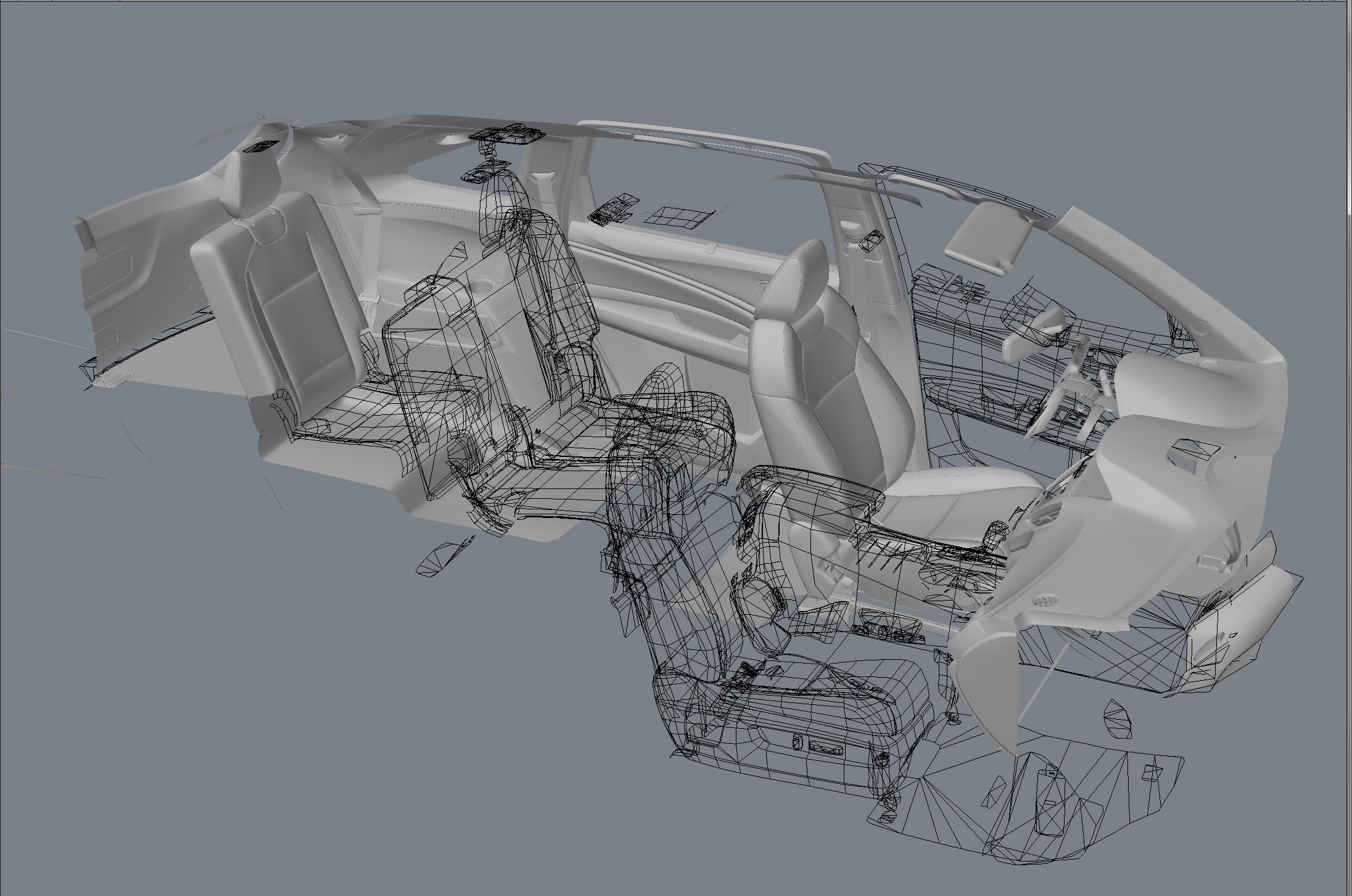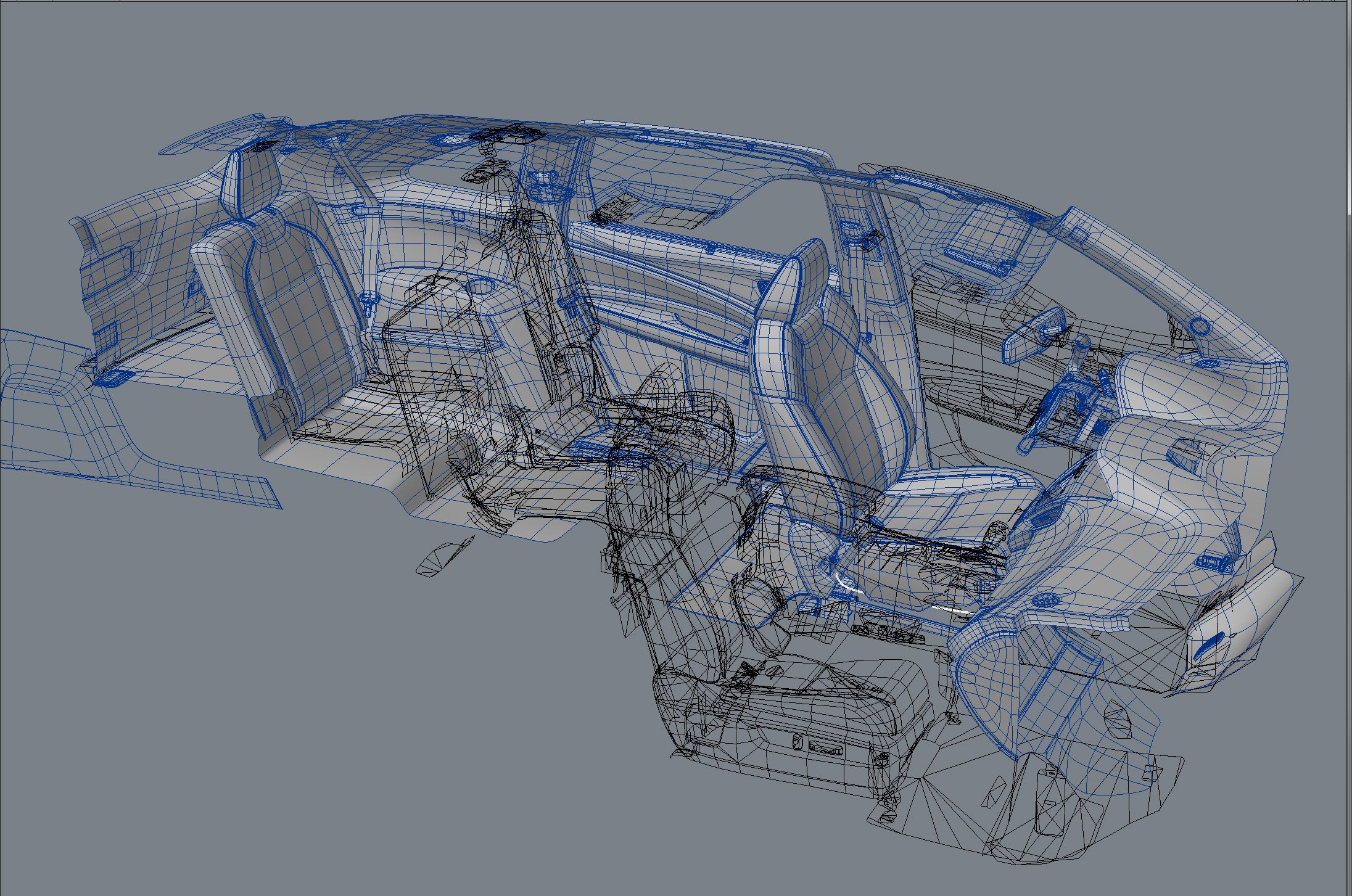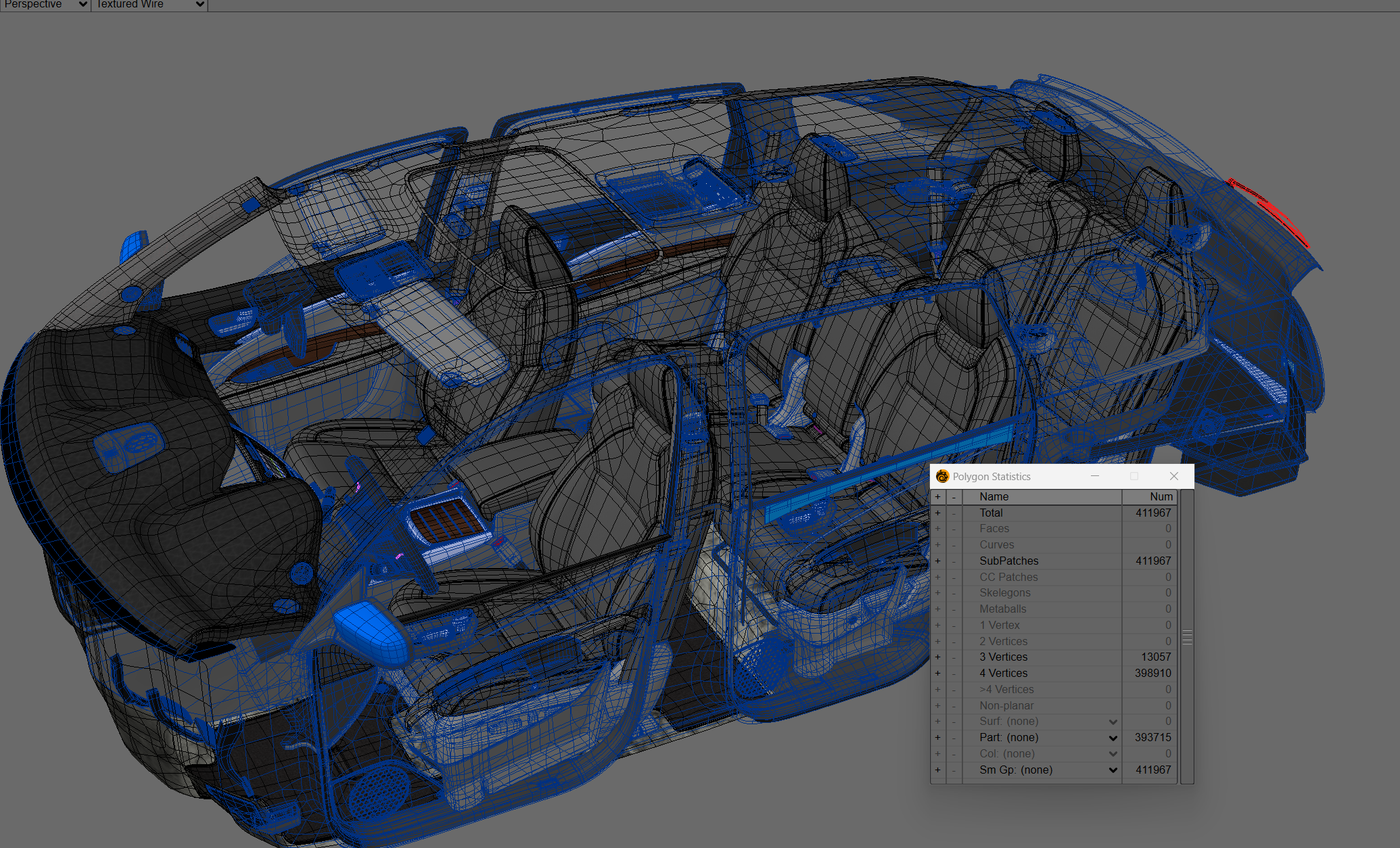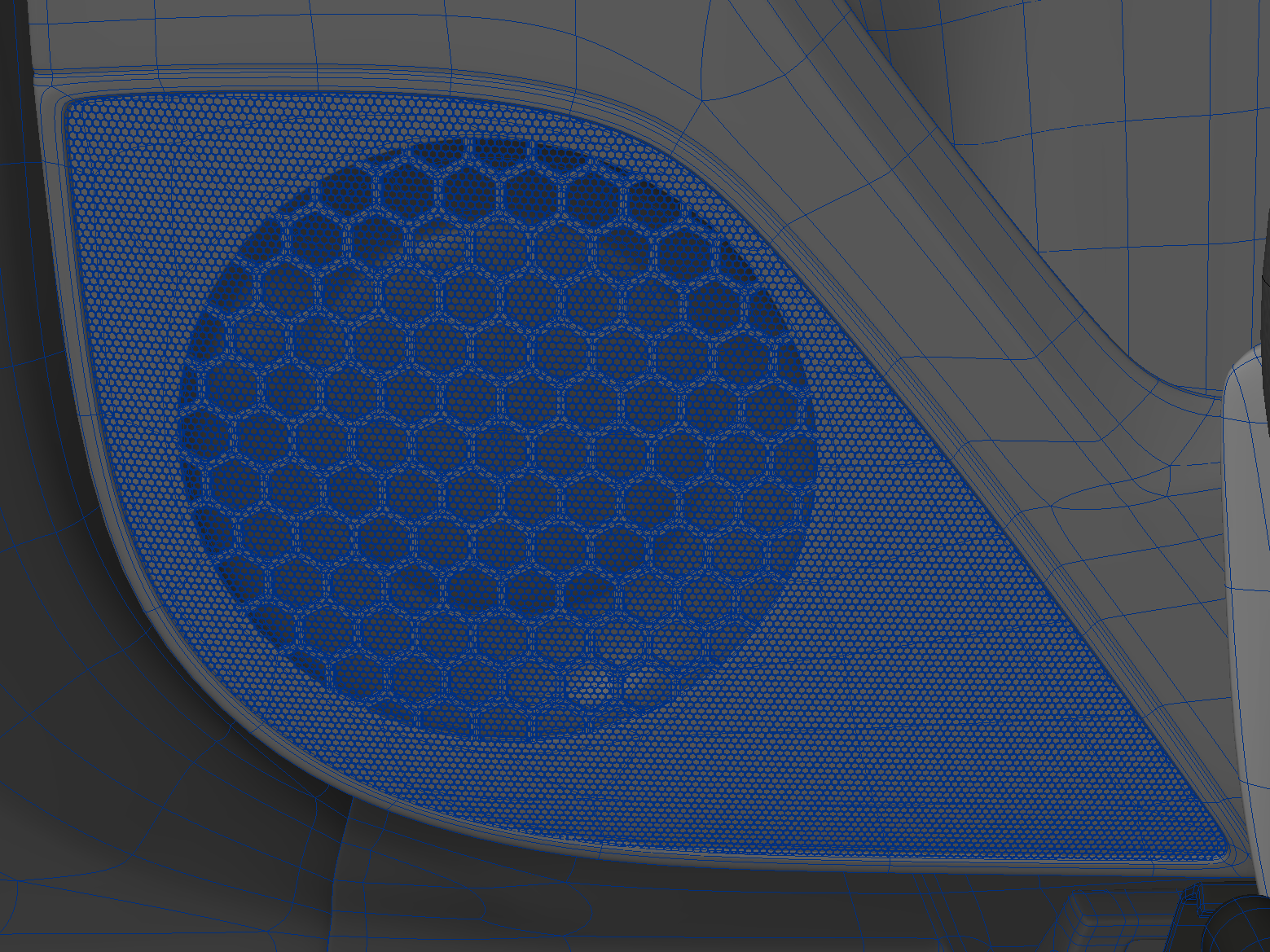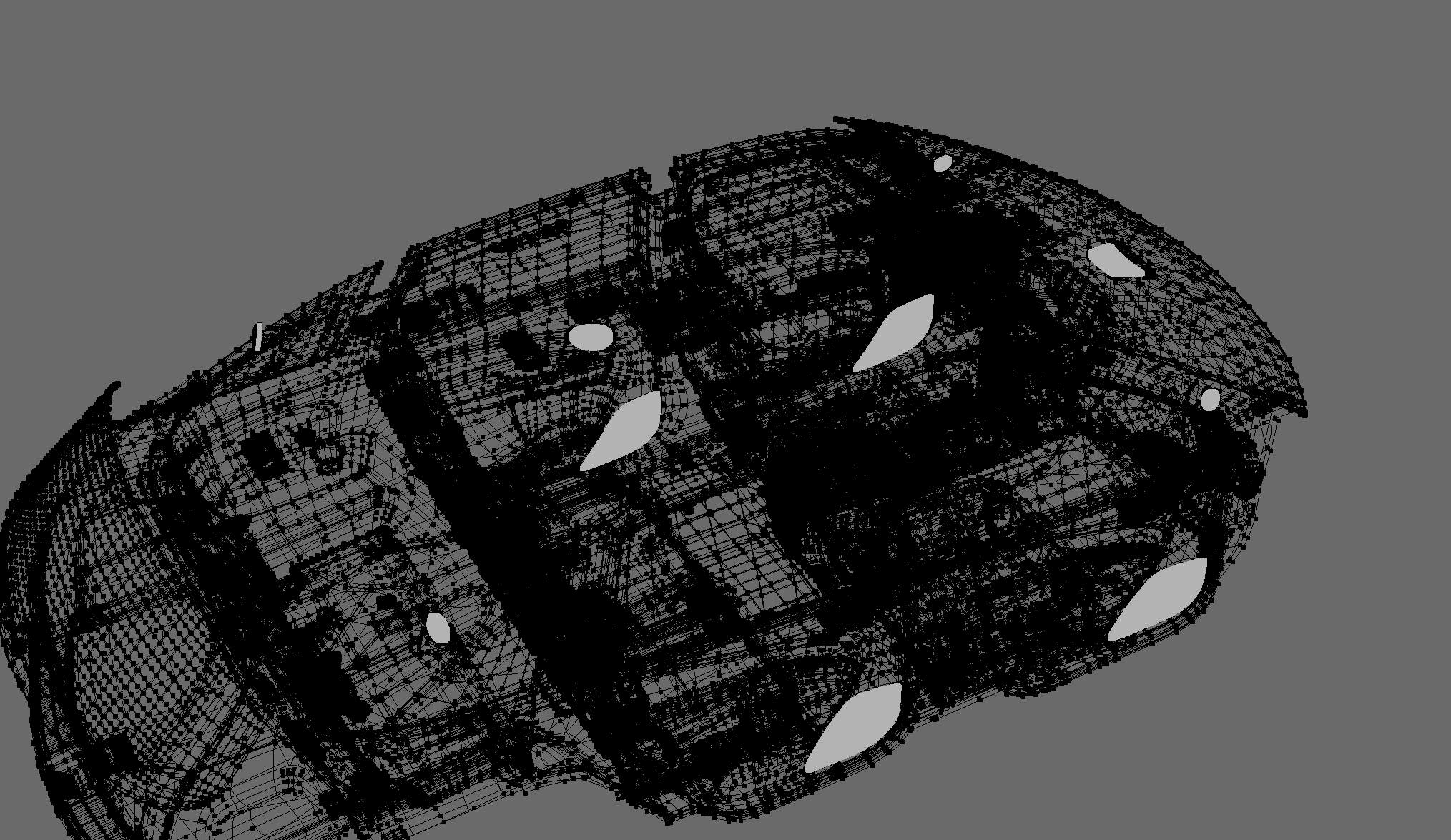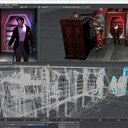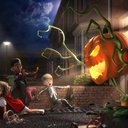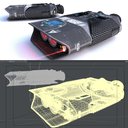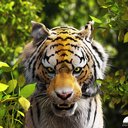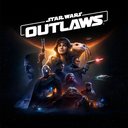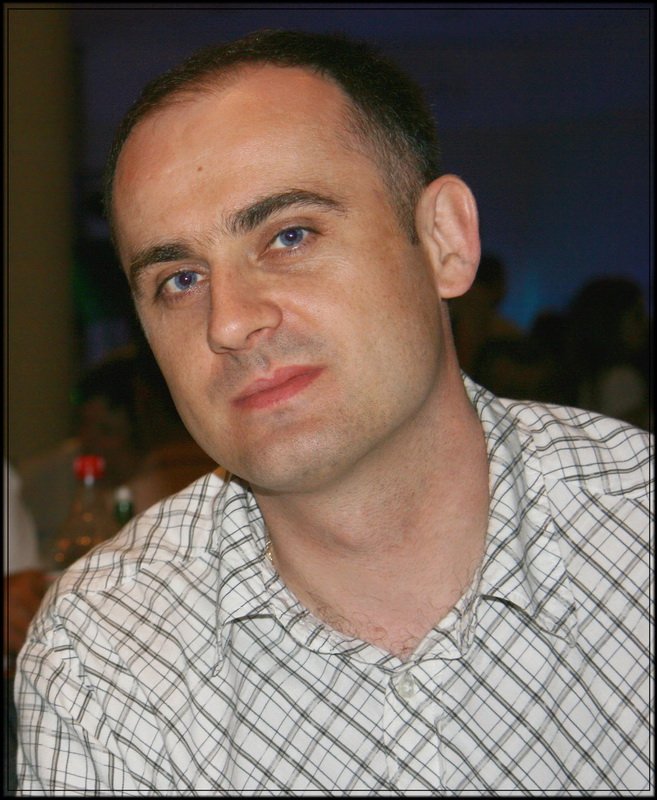
Artist focus - Elvis "Lewis" Blazencic
King of SubDs
LightWave Digital: Hi, Lewis. Introduce yourself to the readers
Elvis Blazencic: My name is Elvis Blazencic. I was born and live in Croatia.
I started my computer journey in the 80's in elementary school when I had the chance to use 8-bit computers like Orao, Galaksija then later Apple IIc. Then, my path led me to the ZX Spectrum, Commodore C16, C64, and C128, then I naturally progressed to the Amiga 1000, 2000, 600, and 1200. I eventually switched to the PC when Commodore closed its doors and it was sadly death for the Amiga.
I always liked to draw by hand so at some point I started "drawing" on my C64 (in pauses between gaming and destroying Quickshot Pro II joysticks ;)) in a program called Simon’s Basic and then when I moved to the Amiga I got interested in the Deluxe Paint graphics program which eventually led to 3D stuff using Imagine and Real 3D as my hobby/interest while waiting for new Amiga magazines to arrive on the news-stand.
My first job was in a PC assembly/service company for a year and then I moved to a local TV station doing station IDs, studio work, editing, camera, and all kinds of TV stuff.
At the TV station while I was mainly doing station IDs/logos and regular TV stuff we had Amiga 2000 and 3000 with Genlock and Scala MM for graphics on a live TV program where I "met" LightWave for the first time as part of Video Toaster. Later, when I had an A1200 with Blizzard 68030 CPU/FPU + 16MB RAM, I started using LighWave v3.5 first standalone version, and the rest is history.
After 10 years at a TV station (STV), I moved to full-time doing 3D Arch-Viz modelling and Light Design.
I was the lead modeller/render guy working with hundreds of IES/Photometric files for a Light Design company on projects for real-world structures, buildings, bridges, monuments, squares, churches, sports arenas/stadiums, museums etc. fully in Lightwave3D (just about the time when LW got Photometric files, something I had been pushing for!)
Currently, I'm the owner of a 2D/3D/video company called RAM-Studio (RAM stands for "Render Animate Model") and I do all kinds of projects on demand as a Generalist in several fields (Modeling, Surfacing, UV, Rendering, NURBs, Animation, Rendering, Photo shooting, Drone, Video editing...).
LD: Lewis has worked on many projects and we’ll no doubt interview him about them (like the tunnel with 11,000 lights) at other times, but I wanted to concentrate this time on something he is particularly known for - SubD modelling. As a reminder, and for new readers, SubDs are the rounded shapes you get when you have geometry in Modeler and you hit Tab. They’ve been in LightWave since version 6.
Lewis, do you have a favourite SubD project?
EB: I quite like that Acura MDX project.
LD: This one?
EB: Yep, that's the one.
LD: Did you have CAD files to work with?
EB: No, no CAD there, they sent the real car to L.A. (I was in USA that period for Siggraph ;)) on trailer (it was only one built preproduction model and the company I worked for (ACME digital form USA) did that "scanning" but since they used Faro Arm for scanning it's "easy" to scan exterior but you can't get into the interior with that crane/arm easily.
The interior was my job while they worked on exterior and we just synced later when done. The only so-called "scan data" I had was just general shapes/positioning, unlike today's scanning.
The black wireframes you see in these images were the scan data I had to work with. They are mainly placeholders for position and dimensions.
EB: The client gave me an EPS file with over 100 icons/text that I had to place onto buttons and other parts of the interior. They couldn't be textures, so I had to model them all into the geometry.
LD: And how long do you think that took?
EB: It took me 35 days - between 200-210 hours - from start to finish to model the interior; all in SubDs, of course. It is a total of 411,967 SubDs, but the speaker grilles are non-SubD. This is because the honeycombed look of them needed to be sharp, so polygons would be enough. There were ten speakers in total, in the doors, roof and dashboard. Some were bigger or smaller, depending on the position. The speakers combined came to about 1.1 million polygons.
LD: Did you really model everything?
EB: Yes, there were only three texture maps used. The infotainment and tachometer screens in the centre console, the warning labels on the sun visors and the leather texture for the dash. The letters and icons on the stalks are geometry. This was all modelled in LightWave 9 and 10 back in 2012, so we didn't have the David Ikeda modelling tools.
There was a lot of stepping up detail and stepping back down where not so much was needed. To add those logos on the steering wheel or dashboard, I often had 3 levels of subDs "freeze" before I welded them piece by piece outwards of the logo so it's all back to subDs with easy geometry where I didn't need density. Sure, I could freeze at level 2-3 and don't care if it's dense subDs but it was not good practice to have 5 million polys and then hit TAB 😉
LD: You said you modelled this in 2012, but there was a long delay before the world saw the renders. Why?
EB: I was under NDA for five years and I was only hired for modelling in the first place. I did the renders for myself when I could.
LD: You can see Lewis' work on his excellent website and his YouTube channel. Hvala, Lewis!

